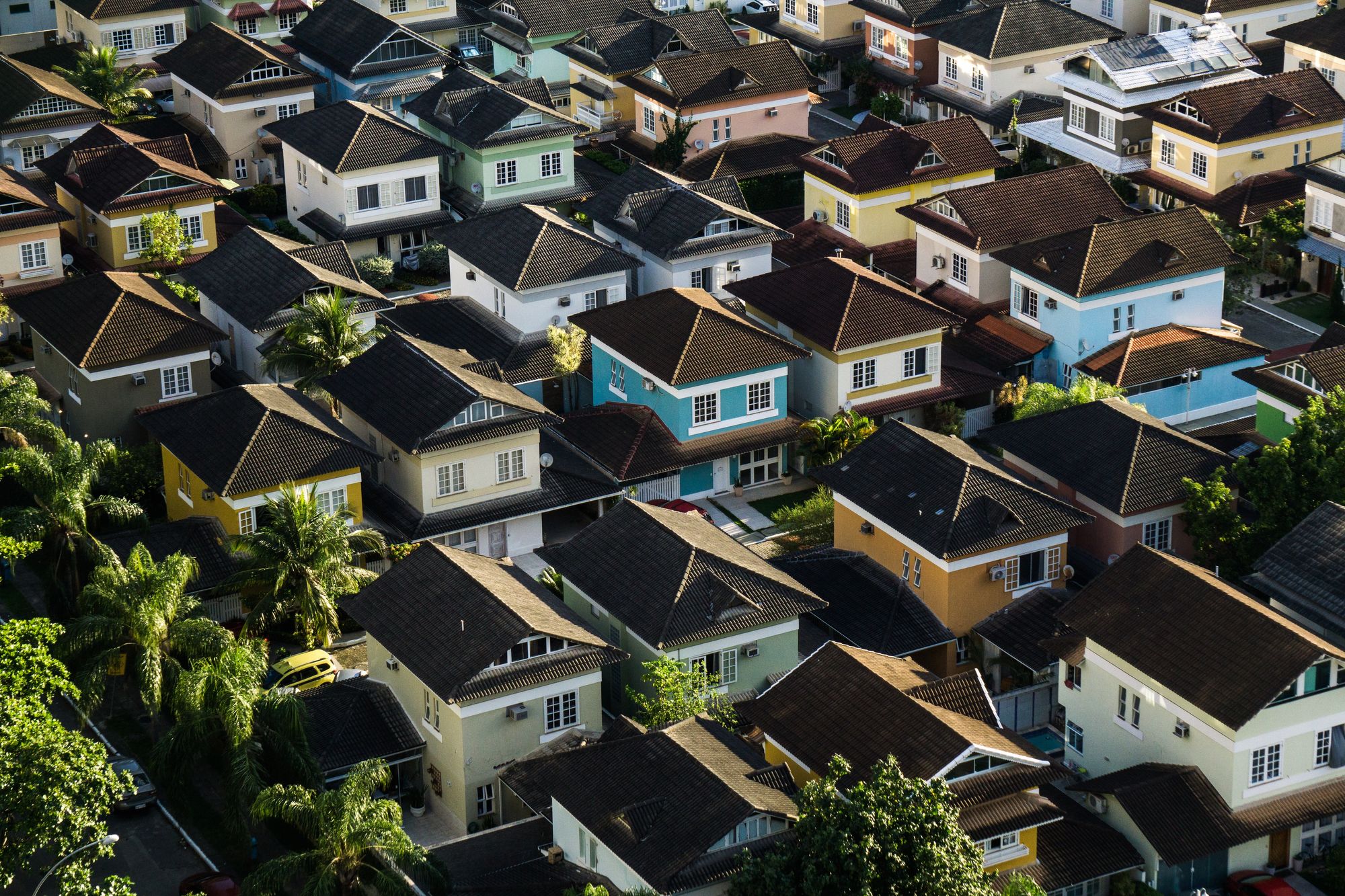The very first payment you make for officially purchasing your home is the down payment. The down payment is usually shown as a percentage (of your total home price). In Canada, you have to pay a minimum of 5% for the down payment of your home. This percentage may go up to 20%, depending on the price of your home.
- If the price of your home is less than $500,000, then you can pay at least 5% for the down payment.
- If the price of your home is between $500,000 and $1,000,000 then you pay a 5% down payment on the first $500,000, and 10% for the remaining balance.
For example:
Let’s say the price of your home is $750,000.
5% on the first $500,000 = 500,000 x 5% (0.05) = $25,000
10% for the remaining balance:
Remaining balance = 750,000 - 500,000 = 250,000
250,000 x 10% (0.1) = $25,000
5% of first $500,000 + 10% of remaining balance = 25,000 + 25,000 = $50,000
As such, the down payment for this home is $50,000
- If the price of your home is more than $1,000,000, then you must pay 20% of the purchase price as a down payment.
Relationship between Down Payment and Mortgage
It is also important for you to understand the relationship between your down payment and your mortgage. Your down payment directly affects your mortgage in two ways:
- Your down payment limits the maximum home price you can afford. In Canada, the maximum home price you can afford is 20 times your down payment.
- The larger the down payment, the less your monthly mortgage payments. Quite simply, since you are paying a bigger percentage of the total price of your home upfront, your monthly payments will become less due to the lower loan amount (less interest and principal required).
To learn more about the down payment required for your home purchase we recommend you talk to a mortgage broker as it depends on a few different factors - such as income, credit score, and debt service ratios.


